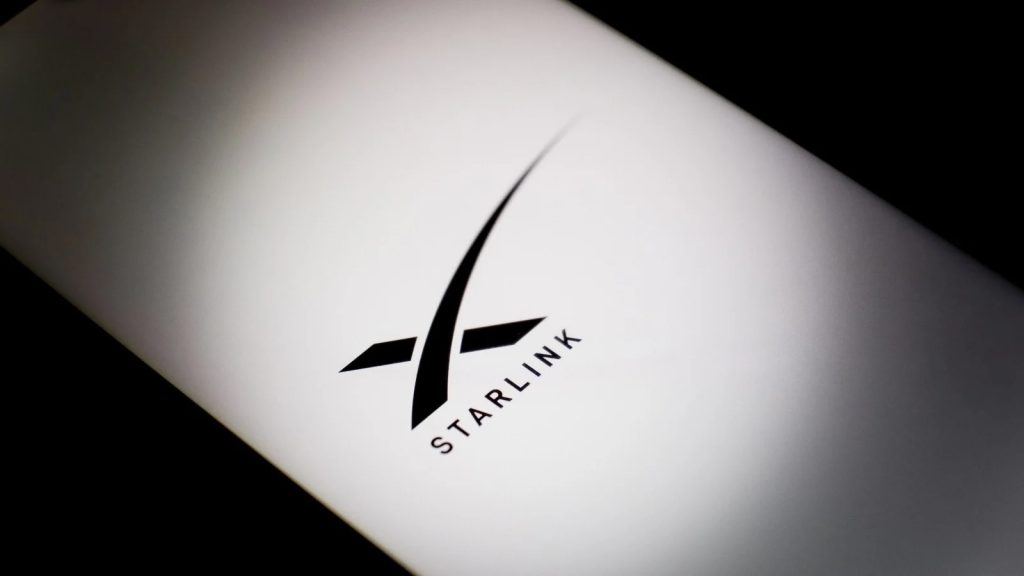The dish will be small enough to fit into a backpack, SpaceX’s CEO said. Musk also talked about the upcoming cellular Starlink service, which will offer 7Mbps in bandwidth per cell.

SpaceX’s CEO Elon Musk says a portable version of Starlink is set to arrive in the coming months.
“We’ll be introducing the Starlink mini later this year, which can fit in a backpack,” he said in a speech to SpaceX employees.
On Friday, SpaceX took to Twitter/X to post Musk’s speech, which provided an update on the company’s businesses, including the progress in expanding Starlink, its satellite internet service.
Back in September, the FCC approved SpaceX’s application to operate the Starlink mini dish, which is supposed to be the size of a MacBook laptop. But the company had been quiet about the product until now.
No pricing, specs or image was provided of the Starlink mini dish. But Musk said the model will be “pretty cool for anyone who wants a very portable Starlink.”
In his speech, Musk also talked about the company’s next-generation “standard” Starlink dish, which the company began inviting users to order back in November. The hardware itself costs $599, the same price as the current second-generation dish. However, Musk signaled that the new Standard dish costs less for SpaceX to manufacture.
“We’ve now shipped our next-gen hardware. That’s version four of the user terminal. So that allows us to lower the cost of Starlink,” he said. (Meanwhile, users have told PCMag the next-generation dish seems to excel at delivering more consistent higher download speeds, and better upload rates.)

(SpaceX)
Previously, a single Starlink dish cost $3,000 to produce, but the company has been steadily driving down the manufacturing costs. This has involved opening a new Starlink factory in Texas, which Musk referred to in his speech.
The company’s other major goal is to operate a cellular version of Starlink that can beam data to phones on the ground, giving a way for consumers to digitally communicate even in the most remote regions. On Thursday, SpaceX demonstrated that the technology works, successfully relaying text messages from a batch of newly-launched “Direct to Cell” Starlink satellites to unmodified phones on the ground.

(SpaceX)
In his speech, Musk said the cellular Starlink system is designed to supply about 7Mbps per cell. “And the cells are hundreds of square miles, kilometers in size. So it’s good for text messages,” he said. “You could technically do video if you’re the only one, or if there’s only a few people in that cell, like if you’re in the middle of the Pacific.”
The company plans on launching the cellular Starlink service through T-Mobile later this year to support text messages. Voice and data support are scheduled to arrive later in 2025. However, SpaceX is still waiting for FCC approval to operate the service commercially in the US.
As for the regular Starlink service, Musk said a major goal is to reduce the system’s latency to under 20 milliseconds. To do so, the company is building more “gateway”stations connected to fiber networks on the ground. These ground stations can then beam the high-speed internet to Starlink satellites in orbit.

(SpaceX)




